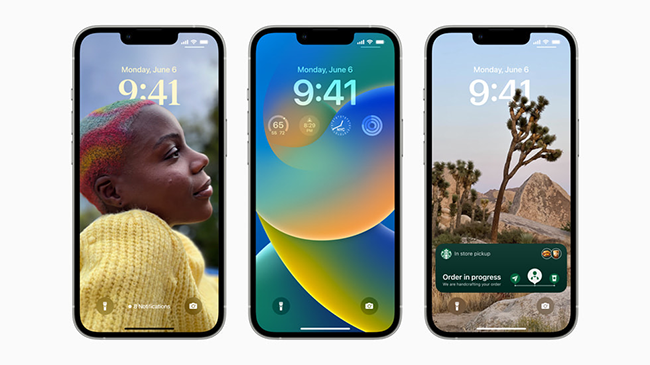Why Apple is a guide for modern brands | WARC | The Feed
The Feed
Read daily effectiveness insights and the latest marketing news, curated by WARC’s editors.
You didn’t return any results. Please clear your filters.

Why Apple is a guide for modern brands
Apple tends to be thought of as a brand apart – simply on a different level from most others and therefore not really worth exploring – but veteran strategists Tom Morton and James Hurman told the audience at a WARC session during Cannes Lions 2022 that Apple and other digital brands’ experiences are not only useful, but can strengthen existing models of brand growth.
Why it matters
Penetration still matters, but what of the brands that have really grown through loyalty?
What’s happening
Morton, R/GA’s global chief strategy officer, who made this point more fully in an exclusive essay for WARC in May, outlined his idea that the lessons of Professor Byron Sharp’s How Brands Grow remain vital but that there is a different generation of brands and companies, mostly in tech, that have bucked the model and that these ideas should be absorbed into the corpus of marketing knowledge. Without it, we’re trying to fix Google-shaped problems with Tony the Tiger tools.
At the other end of the scale, many young digital startup brands delude themselves that their low-cost acquisitions will continue indefinitely; James Hurman, founding partner of Previously Unavailable, and a long-time WARC collaborator, outlines how an idea of future demand should become part of the startup lexicon if they are to emulate ecosystem brands like Apple.
The ideas
How Brands Grow has had a colossal influence on marketing, but much of it is based on cases from CPGs or “replenishment” buying brands that grow because their products are bought by increasing numbers of light buyers. In this way, loyalty is at best overrated and at worst a harmful myth. Penetration is what you need.
However, HBG doesn’t include many cases from streaming services, DTC, search engines or subscription businesses – which tend to be the biggest contemporary companies. R/GA, the tech-focused agency that Morton joined six years ago, works on these kinds of brands and spotted an opportunity to add some useful caveats.
In response, Prof. Sharp maintained that it is still user growth that matters most, with the example of Netflix showing how higher revenue per user was not enough to stem the effects of user decline.
Apple
Between 2016 and 2020, Apple grew its total customers by 16%, but revenues grew quicker at closer to 27%. The reason, explains Morton, is an explosion in unit sales, which tripled. This is the beauty of an ecosystem: “you can start to add products and services that fit nicely together. And you can start to find growth that a specific product-penetration alone model wouldn’t find.”
Targeting before broadening
Many startups grow first by finding a specific, niche audience. Startups “should expect to go through a targeted growth phase before they target the general market,” explains Morton. It’s not because they’re “dumb or immature” but early on you need to achieve product-market fit before progressing to the general market.
But then the opportunities broaden. “If you’re a disrupter, your product isn’t fixed,” he points out. “You can actually harness product innovation to grow your penetration in a way that, respectfully, I don’t think the standard brand model accounts for.”
Future demand
However, startups need to be aware of the existing demand trap. James Hurman explains that startups tend to follow a tested pattern. The company has a solution to a problem that an existing-demand audience already have (especially in B2B). The problem is that these are a vanishingly small group. And usually within about two years those buyers are exhausted and you need to grow future demand.
Those ready to buy now need product and price, but the future demand audience doesn’t need any of that. “What it’s all about in terms of driving those future customers is building a brand in a way that makes it familiar to that big group. They become familiar with you, and they feel positively towards you.”
Effectively, you need an eye on both – in the style of Apple – so that brands are able to build demand that they can convert at a sustainable rate. “This is really the answer to creating sustainable long-term growth”.
A better definition of brand building
If you’re looking for a good definition of brand-building for a non-marketer, the following is key: brand advertising is about building the company’s reputation and name “among an audience who aren’t necessarily going to buy from us right now but will in the future”.
Reported by SPT [Image: Apple]
Email this content
